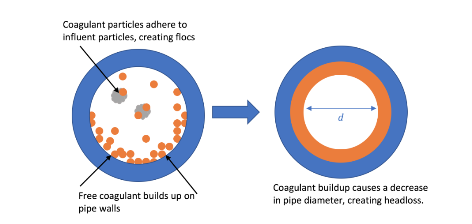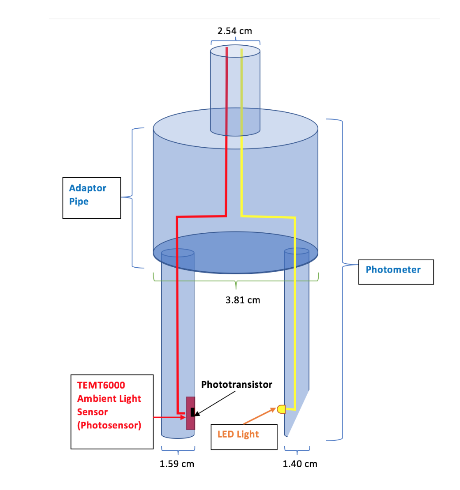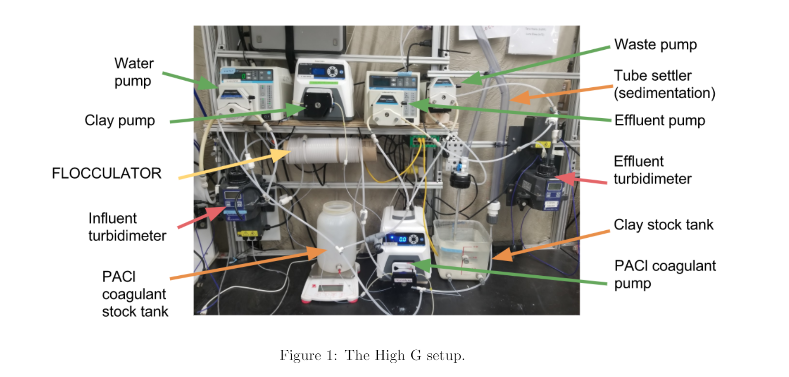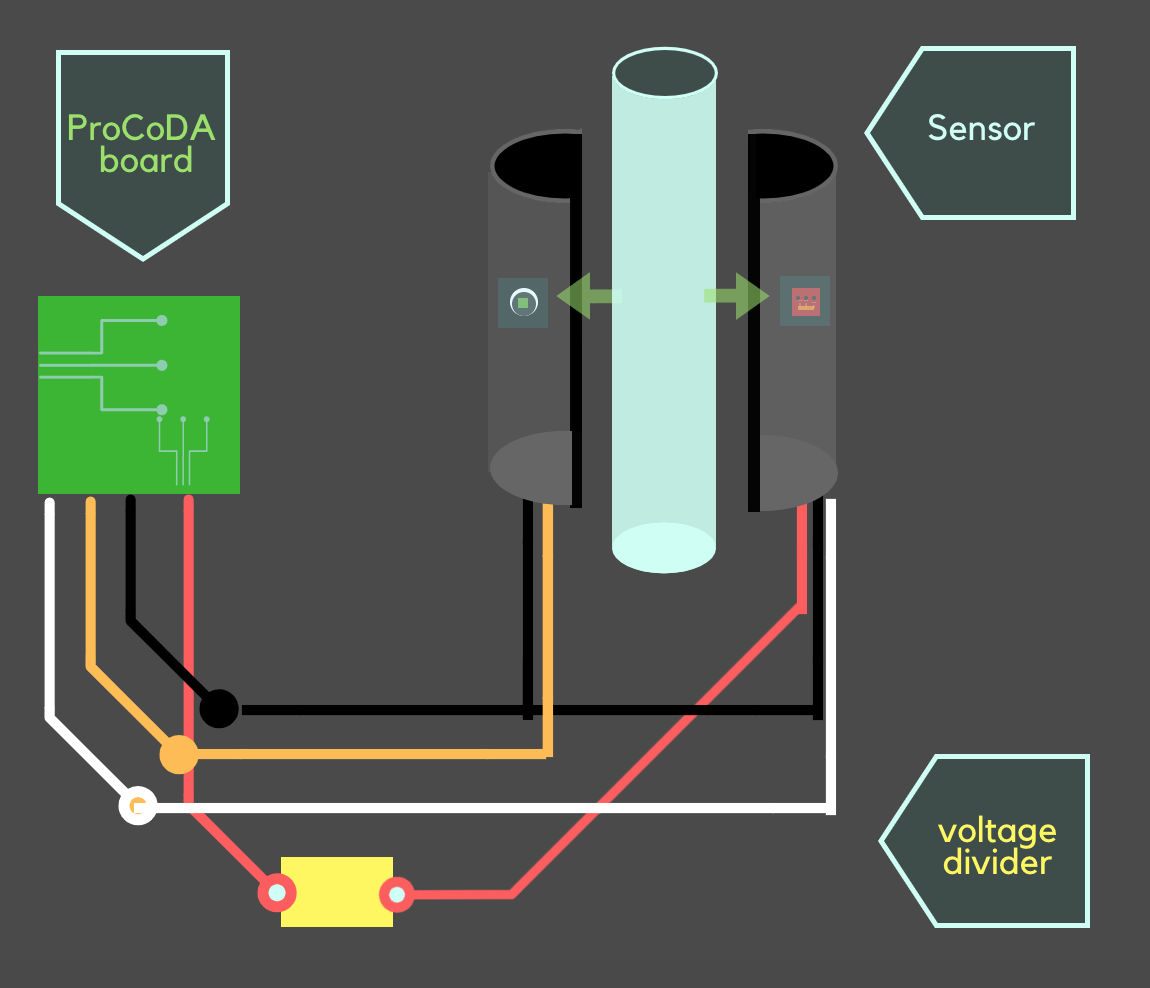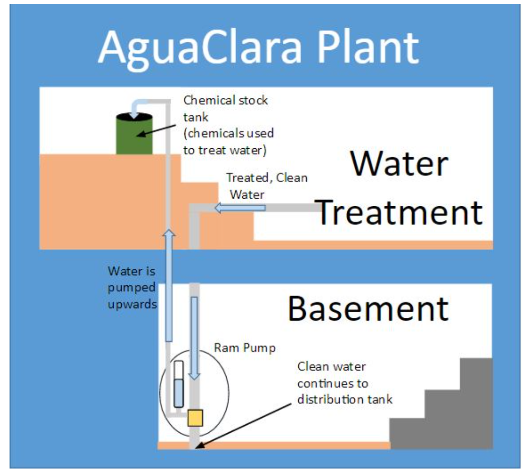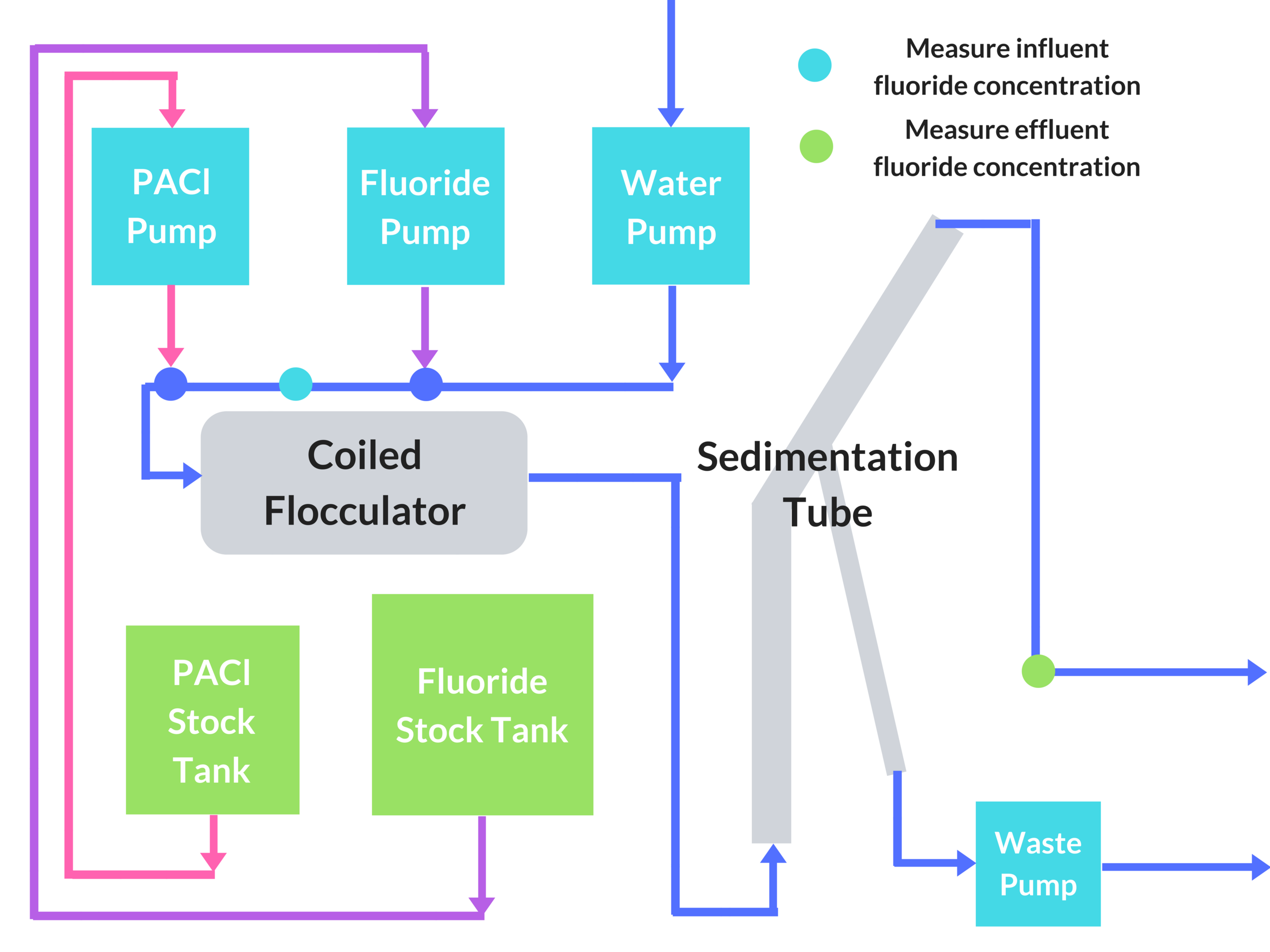Zac Chen, Subhani Katugampala, Serena Takada, Linping Xu
Abstract:
Upflow Anaerobic Sludge Blanket (UASB) Reactors are a conventional primary wastewater treatment technology. Improvements to UASB reactors are required for the development of affordable small-scale wastewater treatment systems. This semester, the feasibility of two design modifications to conventional UASB reactors were explored: (1) a submerged gas capture lid (SGCL) to increase gas capture capacity, and (2) plate settlers to improve solids (granules) retention. The results of the SGCL prototype testing showed that the SGCL was gas-tight, which is not achieved in traditional UASB reactors. Additionally, granule settling tests demonstrated that plate settles do not improve settling capacity for small-scale UASB reactors. In the immediate future, AguaClara should fabricate a full-scale UASB reactor that incorporates the SGCL design and other design modifications detailed in the January 2017 EPA P3 Proposal. Eventually, AguaClara should explore post-treatment options to couple with the UASB reactor to develop a complete small-scale wastewater treatment system.


